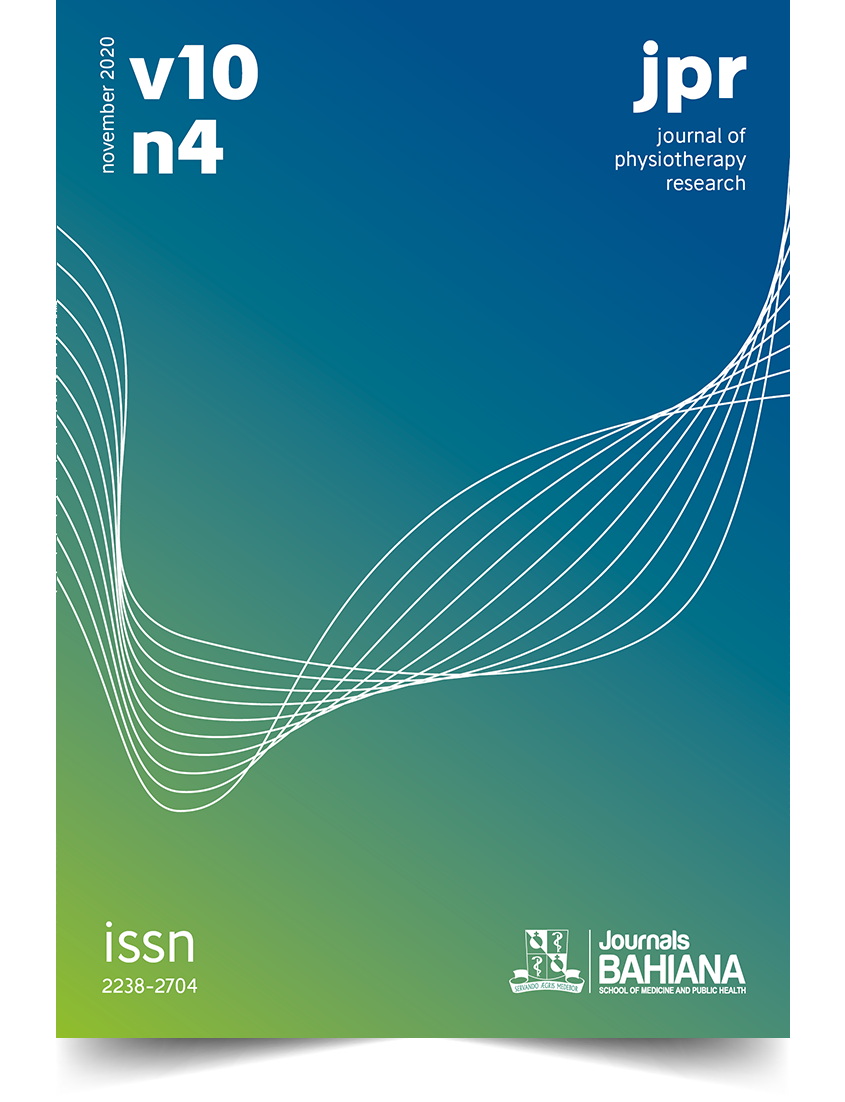Effects of physical activity on skeletal muscle histomorphometry of murine cachexia tumor model
DOI:
https://doi.org/10.17267/2238-2704rpf.v10i4.3253Keywords:
Rodents. Cancer. Sarcopenia. Locomotive activity.Abstract
INTRODUCTION: Cancer-associated cachexia (CAC) is a paraneoplastic syndrome that occurs in individuals with cancer, which is characterized by the gradual decrease in skeletal muscle and fat tissue, promoting an individual's physical consumption. The occurrence of CAC significantly determines a worse quality of life and survival for individuals with cancer. CAC cannot be reversed by conventional nutritional support. Non-pharmacological treatments used for CAC have reported physical activity to enable neural adaptations and muscle hypertrophy in individuals with the syndrome. OBJECTIVE: To verify the effects of physical activity in an enriched environment on the histomorphometry of skeletal musculature of C57BL/6 mice submitted to the murine tumor model of cancer-associated cachexia (CAC) METHODS: 38 female C57BL/6 mice were used, randomly distributed in groups of study. All animals were subjected to the cutaneous murine tumor model of Cutaneous Melanoma (MTMSMC) with subcutaneous inoculation of B16F10 cells. The study groups are CRC diagnostic experiment animals (n = 12), sedentary animals (n = 11) and animals submitted to physical activity in an enriched environment (n = 15). The study was followed up for a period of ten days. After that moment, all animals were sacrificed and samples of skeletal muscle tissue from the gastrocnemius were submitted to histomorphometric analyzes. RESULTS: The results of inferential analysis of absolute and relative skeletal muscle weight did not differ between the study groups. All comparisons of the variables showed a small effect size. Muscle histomorphometric analysis revealed that the muscle fiber area did not differ between the study groups. However, this muscular area had a small effect size. CONCLUSION: The results presented showed that physical activity in the enriched environment did not influence the fiber area of the gastrocnemius muscle of C57BL/6 mice submitted to MTMSMC, associated with CAC.Downloads
Download data is not yet available.
Downloads
Published
11/27/2020
Issue
Section
Original Articles
How to Cite
1.
de Oliveira TR, Nunes Lopes JV, David IR, Mansur Machado FS, Rocha Alves M, Batista de Paula AM, et al. Effects of physical activity on skeletal muscle histomorphometry of murine cachexia tumor model. Rev Pesq Fisio [Internet]. 2020 Nov. 27 [cited 2025 Dec. 15];10(4):642-7. Available from: https://www5.bahiana.edu.br/index.php/fisioterapia/article/view/3253



